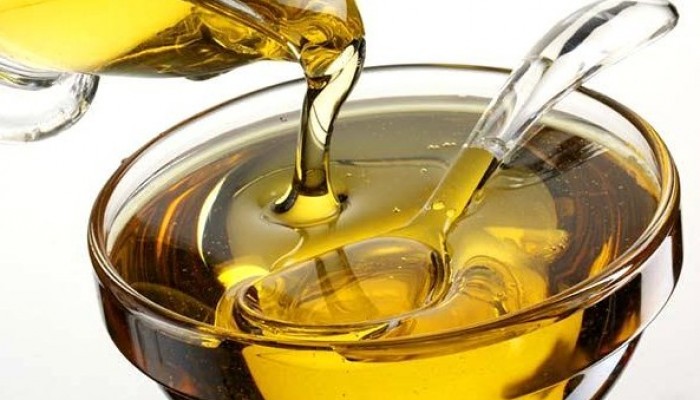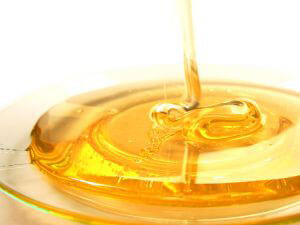
What is Agave Nectar?
Agave nectar is a commercially produced sweetener known to be considerably sweeter than sugar. It is produced from the Blue Agave, which is a large spiky plant that resembles a cactus and thrives in the volcanic soils of Southern Mexico. Agave nectar is made by extracting sap from the core of the plant, which is then filtered and heated at low temperatures to break down the carbohydrates into sugars (fructose).
This gluten-free sweetener first appeared on the market in the 1990s and became touted as a healthy alternative to sugar, honey, maple syrup and artificial sweeteners. It has a diabetic-friendly low glycemic index, because it’s mostly comprised of fructose. Unlike glucose, fructose is processed by the liver, which explains why it does not cause the blood sugar to rise and minimally impacts on insulin (aka “the fat-storing hormone).
One cup of agave nectar contains roughly the same amount of calories as a cup of sugar. Agave nectar, however, is considerably sweeter than sugar, which is why you can use considerably less portions of it to achieve the desired sweetness. In fact, you can use 1/3 of a cup of agave in place of 1 cup of sugar in your dessert recipes, which will dramatically reduce your caloric intake.
Why is Agave Nectar getting a Bad Rap?
Many brands of agave nectar contain fructose levels ranging from 70-97%, which is why it is being declared as “worse than high-fructose corn syrup,” which contains 55% fructose. In fact, agave nectar has the highest fructose content of any commercial sweetener (including sugar, which has 50% fructose) because it is being over-processed (the sap from the plant is being over-boiled, which is how it becomes very sweet). In large quantities, concentrated fructose is very damaging. Continue reading to learn why.
Is Fructose Bad for Me? Unlike glucose, which is distributed into the bloodstream and regulated by insulin, fructose is only processed in the liver. A small amount of fructose, such as that found in fruits and vegetables is not a bad thing because the body’s liver can process it quite well. However, consuming too much fructose at once (ie. consuming foods containing high fructose corn syrup or agave nectar) will overwhelm the liver. Because the liver cannot process the fructose fast enough, it starts making fats (triglycerides) from the fructose, which are then released into the bloodstream. This is unfavourable for the following reasons:
- High levels of blood triglycerides are a risk factor for heart disease.
- Fructose bypasses your appetite signaling system, leaving you hungry and unsatisfied. This is why excess fructose consumption is associated with weight gain.
- Excess fructose consumption may facilitate insulin resistance and eventually type 2 diabetes.
Almost all packaged/processed foods contain added sugar, which typically includes large quantities of fructose.
Take home points:
- Consuming large quantities of fructose increases your risk of heart disease, obesity and type 2 diabetes.
- Minimize intake of processed foods.
- Eat fruits and vegetables.
- Minimize consumption of agave nectars containing large amounts of fructose (ie. 55-75%).
Are All Agave Nectars Bad? No, not all agave nectar should be condemned, but it is imperative you do your research because many brands have added sugars and artificial fillers. And keep in mind that even if the brand of agave nectar is high in fructose (55-97% fructose), you will still be using less of it than compared to sugar (50% fructose).
The manner in which it is processed can affect its nutritional value. Ensure the agave nectar you purchase is processed under 118 degrees F, which allows it to be labeled a raw food. This means it will still possess nutritional value (mineral content) and enzymes.
If you do your homework, you will find agave nectars on the market that are processed below 118 degrees F, contain no artificial fillers, contain less than 50% fructose and have a low glycemic index. An example of one such product is Volcanic Nectars Blue Agave Nectar. But remember that Volcanic Nectar Agave is still a sugar and needs to be consumed in moderation.
What other options exist? A small amount of agave nectar once in a while isn’t going to kill you. Other options include sugar, honey, dates and maple sugar. These types of sugars will have a negative impact on your insulin levels and should be used in moderation. Please click here to learn how to incorporate these types of discretionary calories into your diet without sabotaging your health or physique.
Stevia is a very popular option because it's a NATURAL sweetener. It contains no sugar and unlike artificial sweeteners (eg. Aspartame), it is not derived artificially from chemicals. Rather, it is extracted from the extremely sweet leaves of the stevia plant. Ensure you purchase real stevia extract and not the commercially-sold stevia packets that contain a modified version of stevia. Stevia contains zero calories, zero sugar and will not spike blood sugars! So not only is stevia a guilt-free way to satisfy your sweet tooth, but it is also not going to cause tooth decay. It’s also a great option for diabetics.
For your better health, Dr. Sara Solomon

